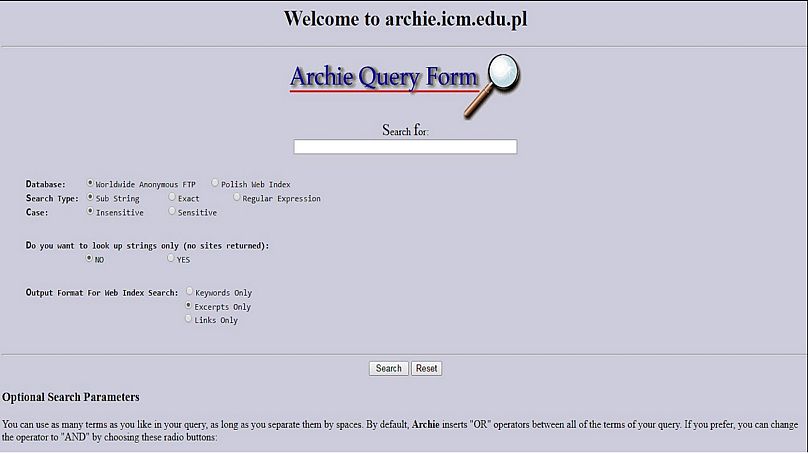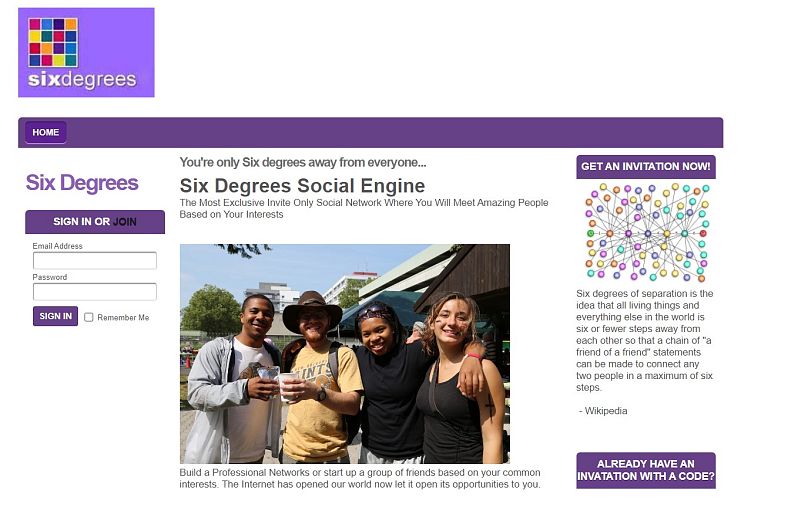23 August 1991: The day the internet went live.
On this day 32 years ago, the British scientist Tim Berners-Lee released his electronic research project to the public from CERN in Geneva. Intended as a means for storing and collaborating on documents across the internet, the World Wide Web gave internet users the ability to create websites.
Referred to as just “The Web”, Berners-Lee’s invention is often thought of as synonymous with the entire internet, but that doesn’t exactly capture what he created. The internet had been about for a few decades as a means of networking computers. The revolution of the web was that it created the websites that are the basis for the majority of internet use ever since.
Because of this, today is celebrated as “Internaut Day”.
It’s a pretty rubbish pun combining internet and astronaut but still recognises the significance of Berners-Lee’s creation, first proposed three years earlier on 12 March 1989.
The first website ever created is still accessible here: http://info.cern.ch/
It’s a pretty stripped back affair compared to what we’re used to today, but using the text and hyperlink format that were key to the web’s development, you can now browse through some of the most important moments in the internet’s creation.
To celebrate Internaut Day, here are some of the big milestones in the creation of a tool that has defined the 21st century.
First browser
Before Google Chrome, Apple’s Safari and even Microsoft’s Internet Explorer, there was the original browser. When Berners-Lee first launched the WorldWideWeb, it could only be browsed via the NeXTSTEP operating system.
First released in 1989, Berners-Lee developed the project on NeXTSTEP. Although the browser itself wasn’t the greatest of success and was discontinued after its final 1997 version, it has had a massive influence on online activity.
Besides its use for the web, NeXTSTEP has also been the operating system behind the first app store, the games Doom and Quake, as well as forming the basis for many of Apple’s operating systems when it was acquired in 1996.
First search engine
While Google may be such a popular search engine today that the brand’s name has become the general verb for searching for things online, it wasn’t the first to get a stake in the market.
The original search engine for the web was Archie. Designed by Alan Emtage, a postgraduate student at McGill University in Montreal, Canada, Archie was designed as a system manager for the university.
Emtage launched Archie in 1990, predating the web. While the early days of the web had websites indexed by hand, search engines, like Archie and later Gopher, made the content of the internet more accessible.
First social media site
Run between 1997 and 2000, SixDegrees.com is arguably the first social media site of the like we know today. Chat clients had existed for some time before SixDegrees came along, but for the first time, here was a socialising site where people signed up using their real names to create a network of friends that could mirror their offline relationships.
With features like profiles, friends lists, and relationship statuses, SixDegrees paved the way for Friendster, Myspace and eventually Facebook.













